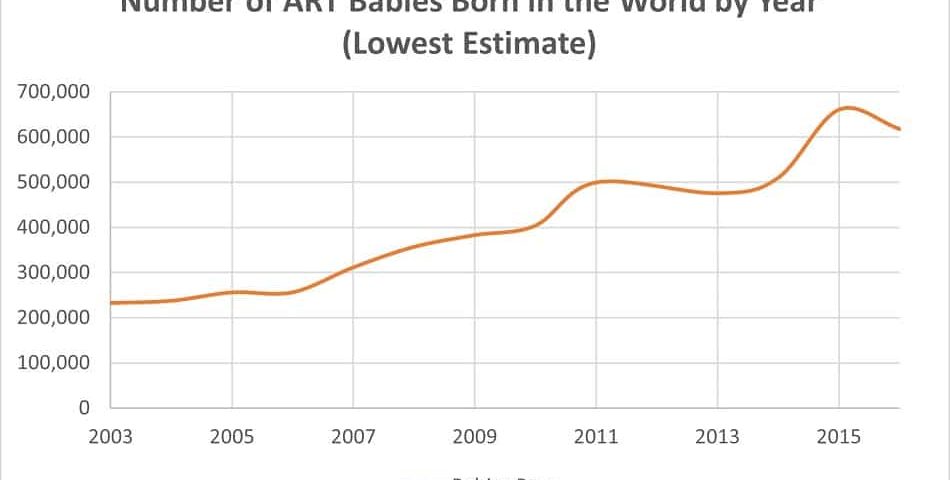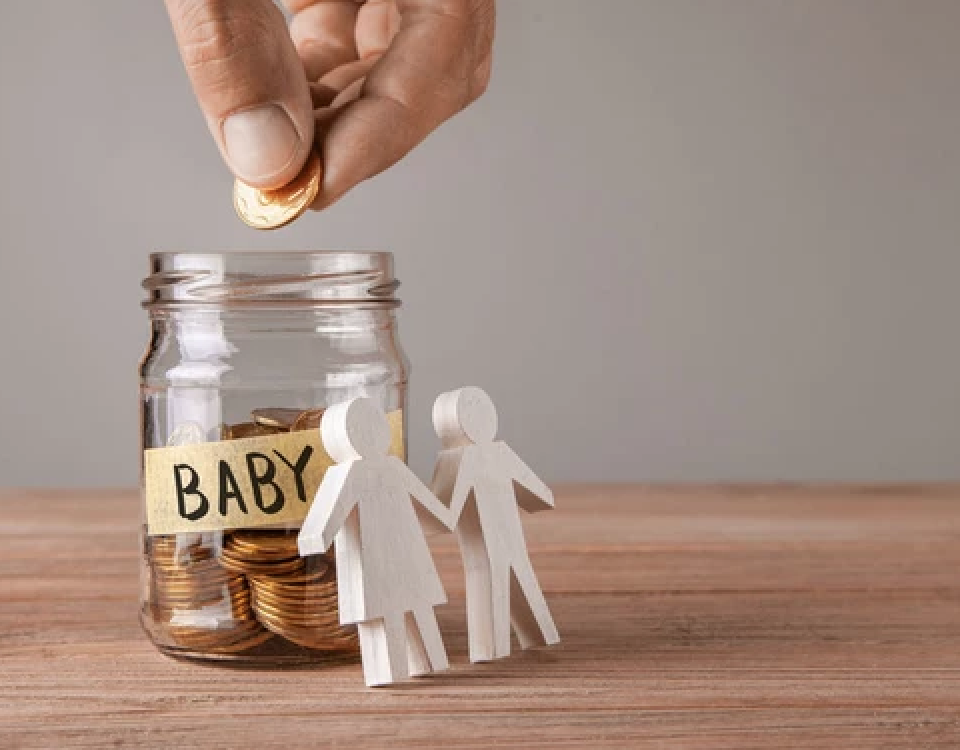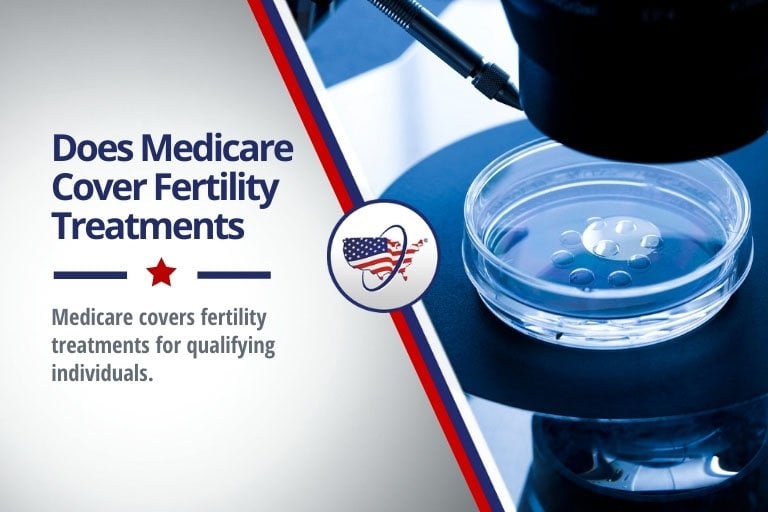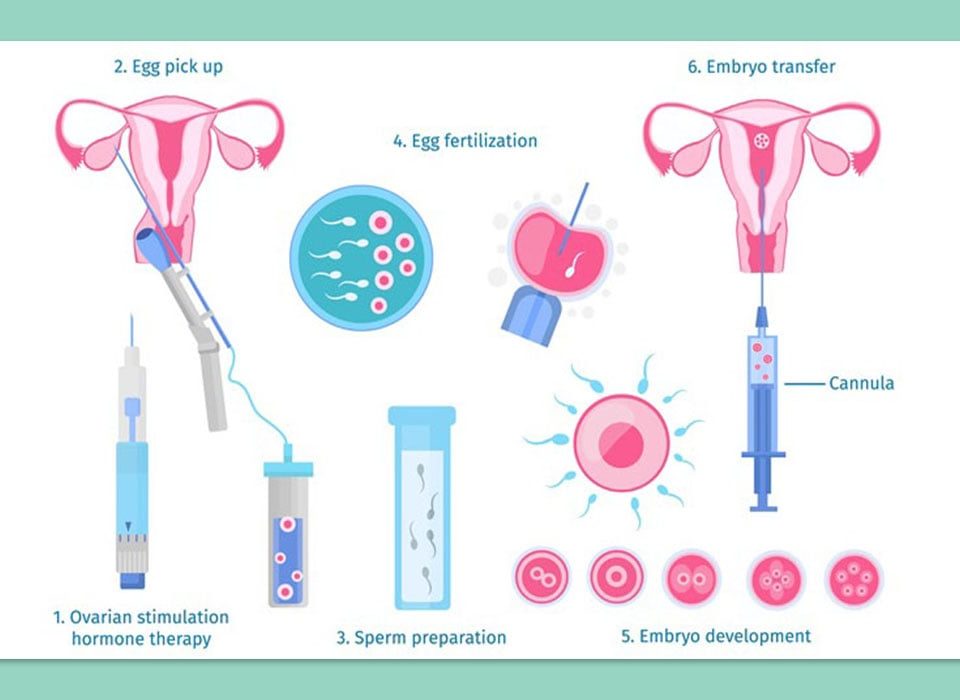
How Much Does IVF Cost in Mexico? Your Ultimate Guide to Affordable Fertility Treatment
April 28, 2025How Many Babies Are Born Through IVF Each Year?
In vitro fertilization, or IVF, has become a household name for many families dreaming of welcoming a baby. It’s a remarkable process where science steps in to help nature along, giving hope to those facing fertility challenges. But just how many babies are born through IVF each year? The answer might surprise you—and it’s a number that’s growing as technology advances and more people turn to this option. Let’s dive into the world of IVF, explore the latest stats, uncover some hidden details, and see what this means for families today.
The Big Picture: IVF Births Around the World
Every year, IVF helps bring hundreds of thousands of babies into the world. Globally, experts estimate that over 500,000 babies are born annually thanks to IVF and other assisted reproductive technologies (ART). That’s a huge number—imagine filling a small city with just IVF babies each year! Since the first IVF baby, Louise Brown, was born in 1978, more than 12 million children have come into the world this way. It’s a testament to how far we’ve come in just a few decades.
In the United States alone, the numbers are impressive. According to the Centers for Disease Control and Prevention (CDC), about 91,771 babies were born through IVF in 2022. That’s up from 89,208 in 2021, showing a steady climb. To put it in perspective, roughly 2.5% of all babies born in the U.S. each year—about 1 in every 40—start their journey in a lab dish. That’s a big deal for a country where over 3.6 million babies are born annually.
But the U.S. isn’t the leader in IVF usage per capita. Countries like Japan and Spain perform more IVF cycles relative to their populations. Japan, for instance, reported nearly 500,000 IVF cycles in 2021, resulting in a significant chunk of their annual births. Meanwhile, in Europe, the European Society of Human Reproduction and Embryology (ESHRE) tracks around 1 million IVF cycles yearly, leading to about 200,000 births. The global picture shows IVF is a lifeline for families everywhere, but the numbers vary wildly depending on access, cost, and cultural attitudes.
Why Are IVF Births on the Rise?
IVF births aren’t just a static number—they’re growing, and there’s a reason for that. More people are turning to IVF than ever before, and it’s not just about infertility. Let’s break it down.
First, people are waiting longer to have kids. In the U.S., the average age of first-time moms has climbed to 27, up from 21 in the 1970s. As women age, natural fertility drops, and IVF becomes a go-to solution. Second, advances in technology mean higher success rates. What used to be a 6% chance of success in the 1990s is now closer to 40% for women under 35 in many clinics. Freezing embryos, better lab techniques, and genetic testing have all made IVF more reliable.
Then there’s the shift in family dynamics. Same-sex couples, single parents, and people using surrogates are increasingly relying on IVF. In 2022, the CDC noted that donor eggs or embryos accounted for thousands of IVF births, showing how diverse the process has become. Add in rising awareness—think social media buzz and celebrity stories—and it’s clear why IVF is booming.
But here’s something you might not hear often: environmental factors could be playing a role too. Some studies suggest that pollution, stress, and diet might be quietly impacting fertility rates worldwide, pushing more people toward IVF. It’s a theory worth watching as research digs deeper.
IVF by the Numbers: A Closer Look at the U.S.
Let’s zoom in on the U.S. for a moment, since it’s one of the biggest players in the IVF game. In 2022, the CDC reported 389,993 IVF cycles performed across 449 clinics. That’s a 6% jump from 2021, and it’s part of a longer trend—cycles have more than doubled since 2012. Out of those cycles, 91,771 resulted in live births. That’s a success rate of about 37% per cycle overall, though it varies a lot by age.
Here’s a quick snapshot:
- Under 35: Nearly 45% of embryo transfers lead to a live birth.
- 35-37: About 32% success rate.
- 38-40: Drops to 20%.
- Over 42: Just under 3% with a woman’s own eggs.
These numbers show why age is such a big factor. Younger eggs mean better odds, which is why some women freeze their eggs in their 20s or 30s for later use. In fact, about 80% of IVF cycles in 2021 used frozen embryos, a shift from fresh transfers that’s boosted success rates and safety.
But here’s a stat that doesn’t get enough attention: multiple births. About 12.5% of IVF babies are twins or more, compared to 3.2% in natural pregnancies. That’s because doctors sometimes transfer multiple embryos to up the chances of success. It’s a double-edged sword—more babies, but also more risks like premature birth.
Interactive Quiz: How Much Do You Know About IVF Stats?
Think you’ve got the basics down? Test yourself with this quick quiz:
- How many babies were born via IVF in the U.S. in 2022?
- A) 50,000
- B) 91,771
- C) 150,000
- What percentage of U.S. births come from IVF?
- A) 1%
- B) 2.5%
- C) 5%
- Which age group has the highest IVF success rate?
- A) Under 35
- B) 38-40
- C) Over 42
(Answers: 1-B, 2-B, 3-A. How’d you do?)
Beyond the Numbers: What IVF Births Really Mean
Stats are great, but they don’t tell the whole story. Each IVF baby represents a journey—sometimes years of hope, heartbreak, and hard work. Take Sarah, a 38-year-old teacher from Ohio. After three failed attempts, her fourth IVF cycle brought twins. “It’s not just a number to me,” she says. “It’s my family.” Stories like hers are behind every digit in those reports.
And it’s not just about the babies born. For every success, there are cycles that don’t work—about 63% of U.S. cycles in 2022 didn’t result in a live birth. That’s a tough reality for families pouring time, money, and emotions into the process. It’s why understanding these numbers matters—it’s about real people, not just data.
The Cost Factor: Why IVF Births Vary by Region
If IVF is so popular, why aren’t the numbers even higher? One word: cost. In the U.S., a single IVF cycle averages $15,000-$20,000, and most insurance plans don’t cover it. Only 21 states have laws mandating some fertility coverage, and even then, it’s often limited. Compare that to countries like Denmark, where IVF is free or low-cost through public health systems, and you see why their IVF birth rates are higher per capita.
Here’s a breakdown of average costs:
| Country | Cost per IVF Cycle | Public Funding? | Approx. IVF Births/Year |
|---|---|---|---|
| United States | $15,000-$20,000 | Limited | 91,771 (2022) |
| Japan | $4,000-$6,000 | Partial | ~100,000 (2021) |
| Denmark | Free-$1,000 | Yes | ~10,000 (pop. 5.8M) |
| Australia | $8,000-$10,000 | Partial | ~15,000 (2019) |
Families in high-cost areas often stop after one or two tries, while those with access to funding can keep going. It’s a gap that shapes how many IVF babies are born each year—and who gets the chance to try.
Tips to Make IVF More Affordable
Strapped for cash but dreaming of IVF? Here are some practical ideas:
✔️ Look into grants: Organizations like BabyQuest offer financial help for fertility treatments.
✔️ Check state laws: If you’re in a mandate state like Massachusetts, your insurance might cover more than you think.
✔️ Consider clinics abroad: Places like Mexico or Spain offer quality IVF at lower prices.
❌ Don’t skip research: Cheaper doesn’t always mean better—check success rates before you commit.
The Science Behind the Stats: What’s Boosting IVF Success?
IVF isn’t just about numbers—it’s about breakthroughs. Today’s babies owe a lot to tech that wasn’t around a decade ago. For example, preimplantation genetic testing (PGT) lets doctors screen embryos for issues like Down syndrome before transfer. It’s not foolproof, but it’s upped live birth rates by about 10% in some studies.
Freezing tech is another game-changer. Frozen embryos now have a 40.6% live birth rate per transfer when using donor eggs, according to the Society for Assisted Reproductive Technology (SART). That’s because freezing lets doctors time the transfer perfectly with a woman’s cycle. Plus, it cuts the risk of ovarian hyperstimulation syndrome (OHSS), a rare but nasty side effect of fertility drugs.
And here’s something new: artificial intelligence. Some clinics are testing AI to pick the healthiest embryos based on tiny details humans might miss. Early research from 2023 suggests it could boost success rates by 5-7%. It’s not widespread yet, but it’s a peek at where IVF babies of the future might come from.
Hidden Challenges: What the Numbers Don’t Show
The stats look shiny, but there’s a flip side. IVF isn’t a magic wand—it’s hard work. Physically, it means hormone shots, egg retrievals, and sometimes multiple pregnancies that carry risks like preterm birth. Emotionally, it’s a rollercoaster. About 1 in 3 women report anxiety or depression during IVF, per a 2022 study from the Journal of Assisted Reproduction and Genetics.
Then there’s the “what if it fails” question. With over 60% of cycles not ending in a baby, families face tough choices: try again, adopt, or stop? It’s a side of IVF that doesn’t make headlines but shapes how many babies are born each year.
Coping Strategies for the IVF Journey
If you’re in the thick of it, here’s how to stay grounded:
✔️ Build a support crew: Friends, family, or online groups can lift you up.
✔️ Set small goals: Celebrate each step—egg retrieval, transfer—like a win.
✔️ Talk it out: Counseling can ease the stress; many clinics offer it.
❌ Don’t bottle it up: Ignoring feelings can make the lows hit harder.
IVF Around the Globe: A Cultural Twist
IVF births don’t just depend on money or tech—they’re shaped by culture too. In Japan, where nearly 1 in 5 births involves IVF, it’s tied to a low birth rate and late marriages. But there’s stigma—some see it as “unnatural,” keeping numbers lower than they could be. In contrast, Israel leads the world with over 5,000 cycles per million people, thanks to full government funding and a pro-family culture.
In the U.S., attitudes are mixed. Posts on X in 2025 show excitement about IVF access (like President Trump’s push for it), but also debates over ethics and cost. It’s a reminder that how many IVF babies are born isn’t just science—it’s society too.
The Future of IVF Babies: What’s Next?
So, where are IVF births headed? If trends hold, we’ll see more. The global fertility market is expected to hit $50 billion by 2030, driven by demand and innovation. In the U.S., cycles could top 500,000 annually by then, potentially pushing IVF births past 100,000 a year.
New tech like in vitro gametogenesis (IVG)—making eggs or sperm from skin cells—could explode those numbers further. It’s still experimental, but if it works, it might help people who can’t produce eggs or sperm at all. Imagine the jump in IVF babies then!
There’s also a push to make IVF cheaper. The Biden administration’s 2025 executive order aims to cut costs and boost access, which could add thousands more births. Pair that with AI and better freezing, and the sky’s the limit.
Poll: What’s Your Take on IVF’s Future?
Weigh in with this quick vote:
- Will IVF births double in the next decade?
- Yes
- No
- Not sure
Drop your pick in the comments—I’d love to hear your thoughts!
Unique Angles: What’s Missing from the Conversation?
Most articles stop at the stats, but there’s more to explore. Here are three points you won’t find everywhere:
1. The Ripple Effect on Siblings
IVF doesn’t just create babies—it shapes families. Kids born via IVF often have siblings from later cycles or natural pregnancies. A 2023 study from Penn Medicine found that 20% of IVF families had a “surprise” natural birth after treatment. It’s a quirky twist—IVF can kickstart fertility in ways we don’t fully understand, boosting total births beyond the lab.
2. The Environmental Question
Could climate change affect IVF numbers? It’s a wild card. Rising temperatures and pollution might lower natural fertility, nudging more people toward IVF. A 2024 report from the World Health Organization hinted at this link, but it’s understudied. If true, IVF births could climb as an unexpected side effect of a warming world.
3. The DIY IVF Trend
Here’s a curveball: some folks are experimenting with “at-home” IVF kits. These aren’t full cycles—just tools to track ovulation or prep for clinic visits—but they’re gaining traction on platforms like X in 2025. It’s not mainstream (or fully safe yet), but it shows how desperate people are to control their IVF journey. Could this tweak the numbers down the road? Maybe.
A Simple Calculation: Estimating Your Local IVF Impact
Want to know how IVF hits close to home? Try this quick math:
- Find your state’s annual births (e.g., California: ~400,000 in 2023).
- Multiply by 0.025 (the U.S. IVF birth rate).
- That’s your rough IVF baby count (California: ~10,000).
It’s not exact—some states like Massachusetts top 4%—but it’s a fun way to see IVF’s footprint where you live.
Wrapping It Up: IVF Babies Are Just the Start
So, how many babies are born through IVF each year? Globally, it’s over 500,000, with the U.S. clocking in at 91,771 in 2022 and climbing. But it’s more than a number—it’s a story of hope, science, and grit. From better tech to shifting cultures, IVF births are on an upward swing, touching lives in ways we’re still figuring out.
Whether you’re curious, considering IVF, or just love a good stat, there’s something here for you. It’s a window into a world where tiny embryos become big dreams—and where the next breakthrough might be just around the corner. What do you think—will IVF keep growing, or is there a limit? Share your take below—I’m all ears!




